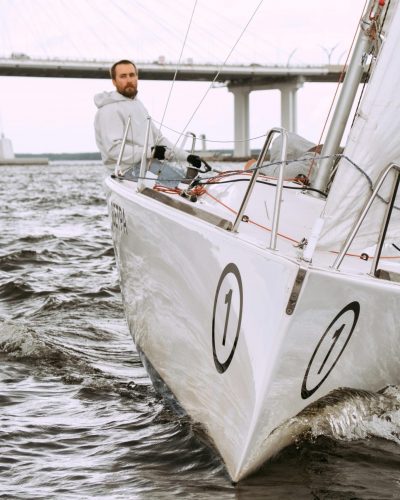prompting
The presentation of steam motors in the nineteenth century altered boat configuration, prompting the production of iron and steel-hulled ships.
The historical backdrop of boat configuration is an excursion through time, set apart by developments that changed the manner in which people explore the water. Early boats were straightforward, produced using regular materials like wood and reeds, and fueled by human exertion or wind. As civilizations progressed, so sailed plans: Find out more details about tørrdrakt.

